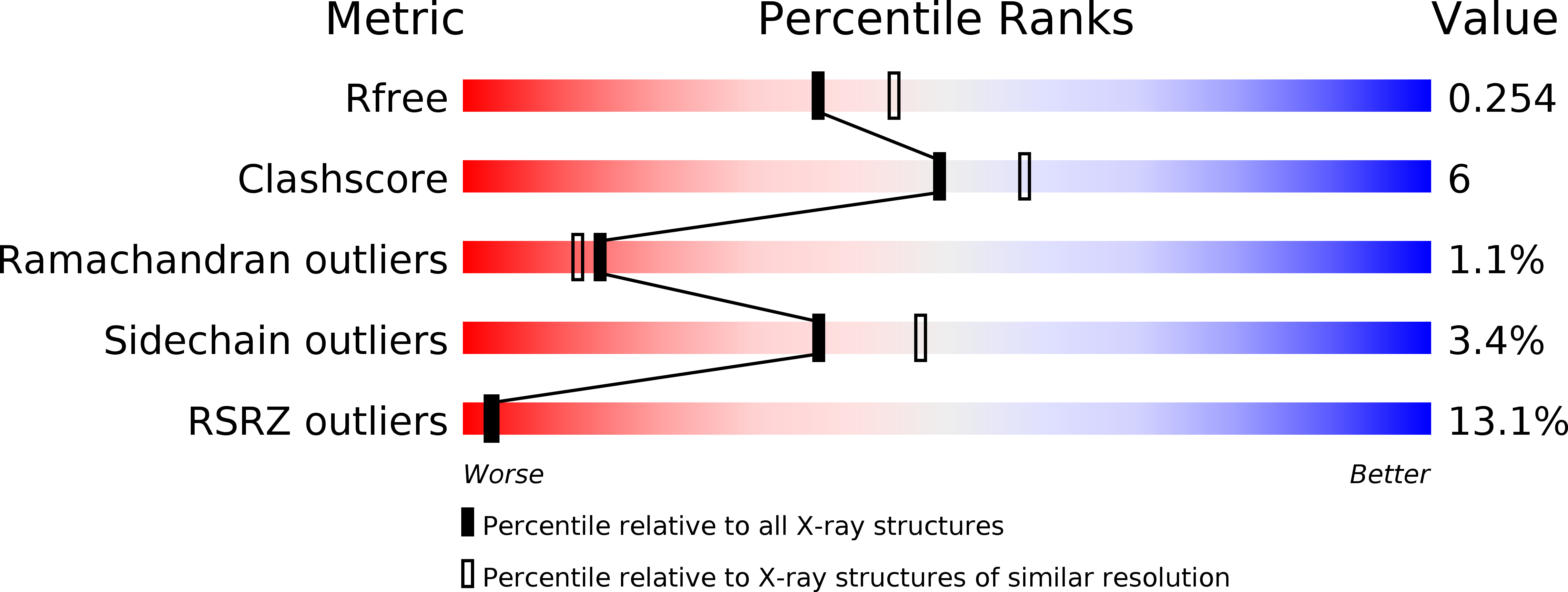
Deposition Date
2008-05-13
Release Date
2008-08-12
Last Version Date
2023-08-30
Entry Detail
PDB ID:
3D41
Keywords:
Title:
Crystal structure of fosfomycin resistance kinase FomA from Streptomyces wedmorensis complexed with MgAMPPNP and fosfomycin
Biological Source:
Source Organism:
Streptomyces wedmorensis (Taxon ID: 43759)
Host Organism:
Method Details:
Experimental Method:
Resolution:
2.20 Å
R-Value Free:
0.25
R-Value Work:
0.19
R-Value Observed:
0.19
Space Group:
P 32 2 1


